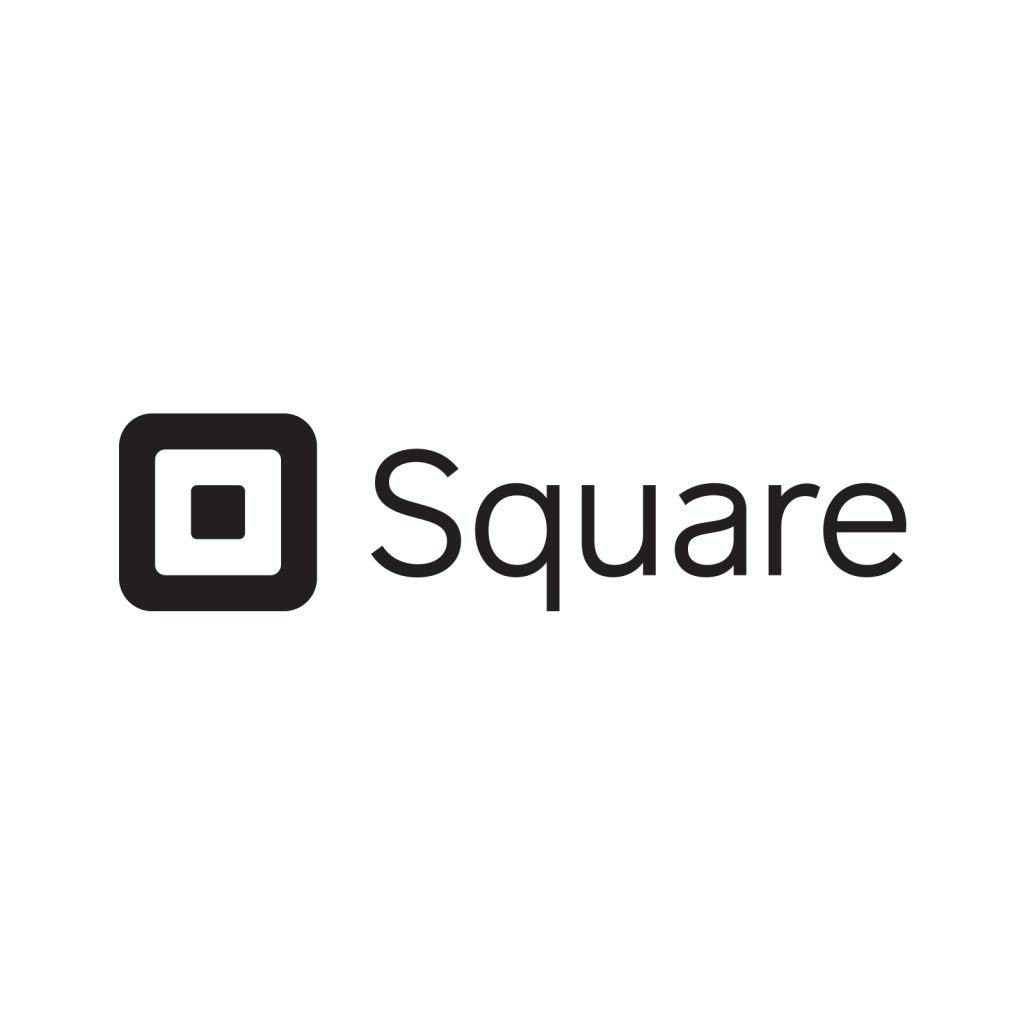If Square Inc. has made one thing clear in recent months, it’s that the company is determined to tie together two worlds most payments companies see as distinct: consumers on the one hand, and merchants on the other. That strategy took another step forward last month with Square’s announcement that its Cash App service now allows users to buy fractional shares of stock with no brokerage fees.
The new service joins other features of the 4-year-old payment app, including the ability to buy Bitcoin. Added versatility like this will make the app more valuable to users, a base that includes consumers but also Square sellers, Jack Dorsey, Square’s chief executive, told stock analysts Wednesday afternoon. “What sets us apart is that [competitors] are doing it with just one ecosystem, like sellers. We have an at-scale seller ecosystem and an at-scale buyer ecosystem, and they’re in the same company,” he said, adding the mix makes for a “powerful” combination.

Dorsey doubled down on the theme at various times during the earnings call, which Square held to discuss its third-quarter results. “We will continue to look for smart ways to bring these two ecosystems together,” he noted at one point.
New features clearly make Cash App a more potent product. The app rang up $307 million in revenue in the quarter, up 115% over last year’s third quarter. It now accounts for about one-quarter of Square’s total take of $1.27 billion. And fully 48% of that Cash App revenue came from Bitcoin transactions, with the remainder flowing from fees for instant deposits and merchant acceptance of the associated Cash Card.
But for now, at least, there’s no revenue road map for the new stock-brokerage service. With no fees attached, the service is “an engagement driver,” Amrita Ahuja, Square’s chief financial officer, told an analyst who asked how the company will make money on the new service.
Still, Square turned a profit in the July through September quarter, racking up $29 million in net income. This was its first positive in that category in a year. The San Francisco company processed $28.2 billion in gross payment volume, up 25% year-over-year.
On the merchant side of the business, volume continues to shift toward larger sellers. Some 27% of gross processing dollars came from merchants exceeding $500,000 in annual sales, up from 24% last year and from 20% in 2017. Merchants doing $125,000 or more now account for 55% of volume.
But while Square started out signing up merchants with a cleverly designed card-reading dongle and added a consumer business later, Dorsey now sees opportunities to build feedback loops between the consumer and merchant sides of the company. Cash App is just the beginning, he makes clear. “The real magic,” he told the analysts, “is how these two [parts] will work together.”





